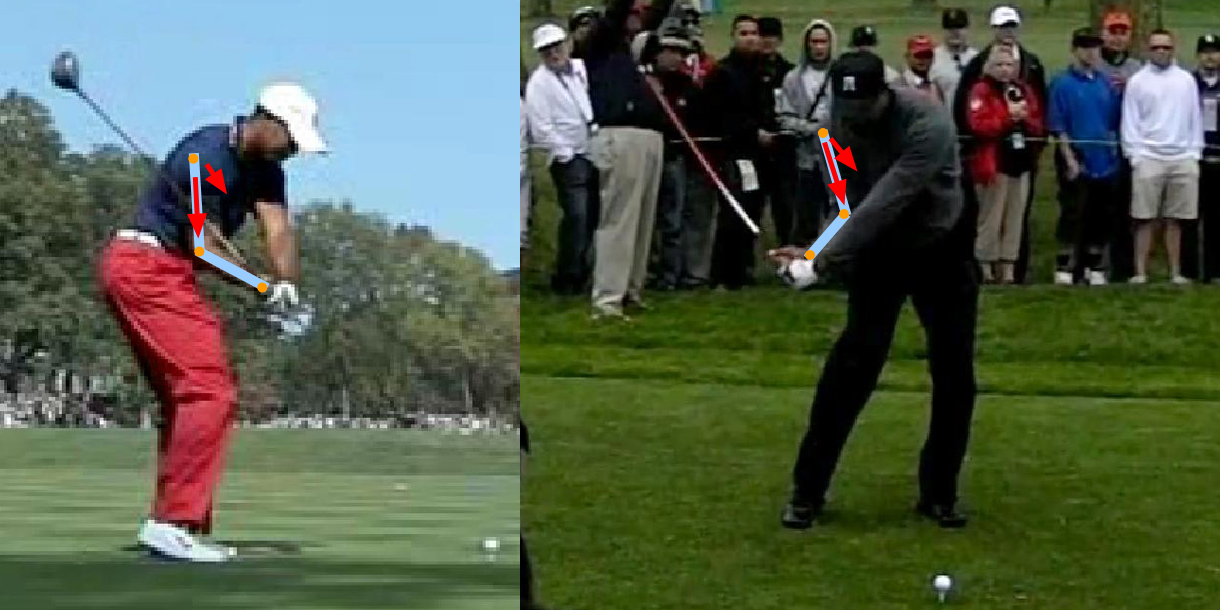Two schools here
Two schools here-
one says ssc is related to "elastic energy"
second says ssc is related to changes in entropy of muscles/tendons
Interestingly enough you have a similar problem analysing what tennis strings do.
From the point of view of tennis coaching it is NOT clear whether differences
between two schools above are IMPORTANT.
I kind of duck the issue and "jump" to ssc immediately.
Important related issues are:
1.define what is the meaning of word "optimize/maximize" (see your post as well
with a question).
2.define how long/large is a window to optimize
3.do we optimize only one part of movement or multiple parts?
(see the post by Don above)
4.can we learn from golf of baseball (see the post by tennis_chiro) above
5.Is it easier to teach ssc for forehand or double handed backhand?
6.How come Kvitova does NOT do a "flip" and she is ranked #6 on Tour?
Respectfully yours,
Julian
PS
Try to see whether you can get an access to tennisicoach.com to see a presentation by Bruce Elliot on Elastic Energy
A partial list of answers:
Kvitova generates forehand producing balls with speed around 80 miles per hour.
By the very definition she is hitting flat.
A flip would NOT help a lot with a speed of a ball.
Originally posted by licensedcoach
View Post
one says ssc is related to "elastic energy"
second says ssc is related to changes in entropy of muscles/tendons
Interestingly enough you have a similar problem analysing what tennis strings do.
From the point of view of tennis coaching it is NOT clear whether differences
between two schools above are IMPORTANT.
I kind of duck the issue and "jump" to ssc immediately.
Important related issues are:
1.define what is the meaning of word "optimize/maximize" (see your post as well
with a question).
2.define how long/large is a window to optimize
3.do we optimize only one part of movement or multiple parts?
(see the post by Don above)
4.can we learn from golf of baseball (see the post by tennis_chiro) above
5.Is it easier to teach ssc for forehand or double handed backhand?
6.How come Kvitova does NOT do a "flip" and she is ranked #6 on Tour?
Respectfully yours,
Julian
PS
Try to see whether you can get an access to tennisicoach.com to see a presentation by Bruce Elliot on Elastic Energy
A partial list of answers:
Kvitova generates forehand producing balls with speed around 80 miles per hour.
By the very definition she is hitting flat.
A flip would NOT help a lot with a speed of a ball.





Comment